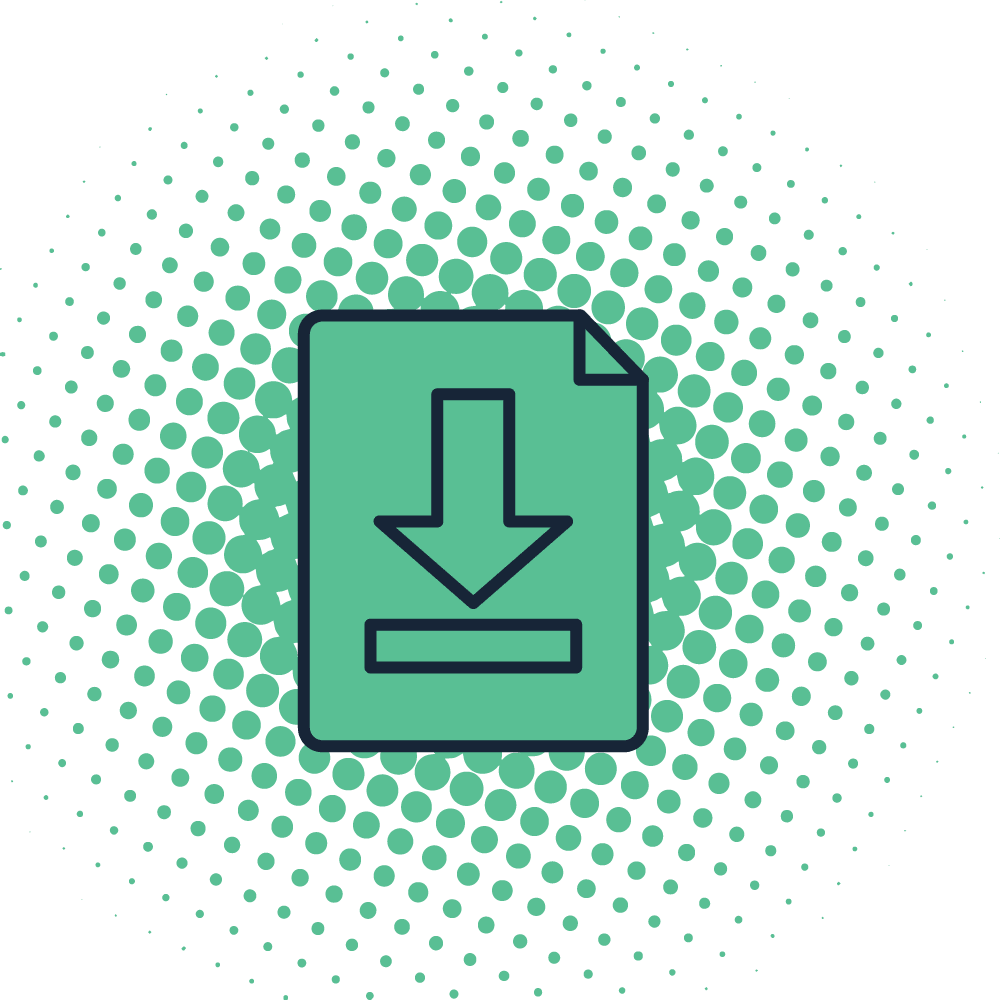There is an app out there for nearly everything these days. Yet, one healthcare app has yet to dominate the market. There are numerous possibilities for the use of both smartphones and SMS in healthcare.
Wondering about the untapped potential of SMS in healthcare? Here are facts to help you predict the future of healthcare:
Household income or education level does not affect adult usage of SMS. Usage ranges from 71% – 88% among American households. This data includes all income and education levels.
Pew Research from June 2013 reported mobile phone penetration rate at 86% among American households earning less than $30,000 per year. While in the same demographic 59% have access to a desktop or laptop and 47% have broadband set-up at home. 76% of patients 65 years and older own a cell phone. We are likely to see companies optimize for mobile within the next few years.
Email has an open rate of no greater than 50% depending on who you ask. 99% of text messages are opened and 90% opened within the first three minutes. Phone calls are often screened as most people have caller ID and will not answer a phone call from an unknown number.
Using text messaging for appointment reminders is the most common use case for text message in healthcare.
Using text messaging for appointment reminders is the most common use case for text message in health care. Several studies have looked at the utility of text messaging as an effective tool for reducing appointment cancellations with their financial impact such as one conducted by NHS.
However, the use of text message outside of appointment reminders is not well known. Below are a few interesting use cases of other possibilities for text messages impacting patient care. Although many of these are single study results, it underlines the possibility of using text messages to impact patient care.

Download this eBook for more ideas on revenue recovery campaigns your practice can implement today.
- Reduce appointment cancellations and educate patients prior to a sedation. Cancellations were reduced by 40%.
- Let’s make it easier for patient to get prescription refills. There are enough obstacles making it difficult for patients to take their medications. How about offering a way for patients to send a simple text message to refill a script. Automatically tied to that phone number we could have saved the patient’s insurance information, preferred pharmacy, and medication list.
- Automated text messages following appointments with education material relevant to that appointment. A significant number of patients find it difficult to follow treatment instructions during appointments.
- Informing patients when clinic appointments are running behind so they are prepared for a longer than expected wait time in the waiting room.
- Automated text messages following the appointment to see if the patient has any follow up questions.
Interested in how we’re currently using SMS in healthcare? Contact me at tashfeen.ekram@lumahealth.io.






